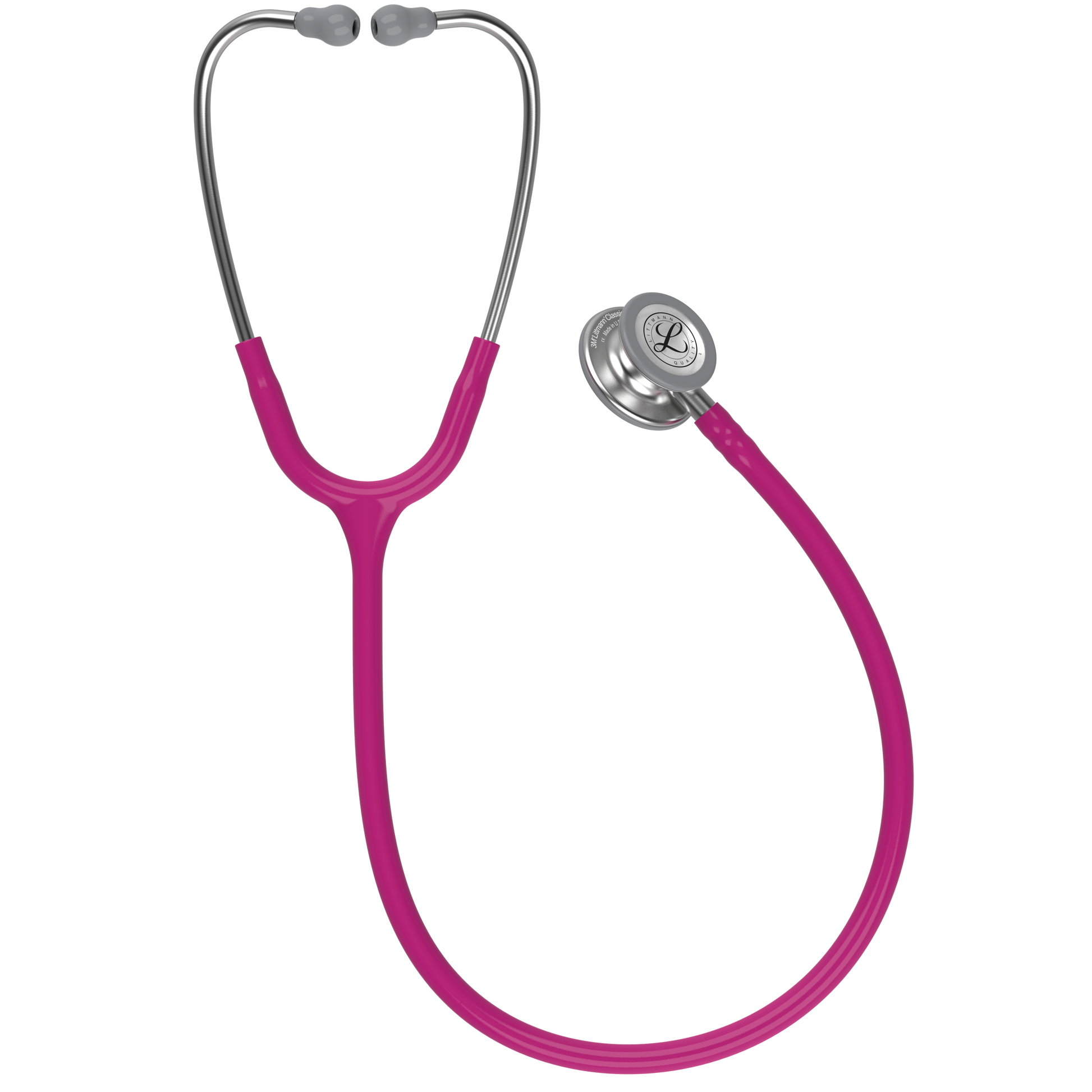Terminology
What is the following device called?

Stethoscope
What part of the brain is responsible for controlling Balance and Coordination
The cerebellum
The health impact of housing, race, gender, and socioeconomic status are all examples of this term.
Social determinants of health
Which common illness is characterized by spikes or drops in blood sugar?
Diabetes
The capillary beds should refill after being depressed in:
<1 second
Approximately 5 seconds
1-3 seconds
Time does not matter as long as the color returns
3. 1-3 seconds
What is the name of the following device?

Otoscope
What is the name of the showcased bone?
The Femur
What is the medical term for a nosebleed?
epistaxis
What illness is often characterized by the yellow appearance of the skin and sclera.
hyperbilirubinemia / jaundice
Skin turgor is assessed by picking up a large fold of skin on the anterior chest on the anterior chest under the clavicle. This is done to determine the presence of:
Edema
Dehydration
Vitiligo
Scleroderma
2. Dehydration
What is the name of the following medical device:

Ophthalmoscope
What is the name of the highlighted bone?
Fibula
what does the Acronym SBAR stand for?
- S = Situation (a concise statement of the problem)
- B = Background (pertinent and brief information related to the situation)
- A = Assessment (analysis and considerations of options — what you found/think)
- R = Recommendation (action requested/recommended — what you want)
Which of the following is a risk factor for skin cancer?
Darkly pigmented skin
Use of sunscreen products
Blue eyes
Freckled skin
Freckled Skin
When auscultating Ms. D’s BP, you begin to hear korotkoff sounds at 180. At 160, they disappear. You keep listening and begin to hear them again at 120. The korotkoff sounds continue until they disappear at 80. Which is correct based on this scenario?
a.) Ms. D has a low pulse
b) Ms. D has a pulse pressure of 20
c) Ms. D has an ausculatory gap
d) Ms. D has a low stroke volume
c) Ms. D has an ausculatory gap
what is the FULL NAME of the following medical device? Hint: unabbreviated form of the term "AED"

Automated external defibrillator
What is the name of the Valve that separates the Left Atrium and Left Ventricle of the Heart?
Bicuspid Valve
What Does CPR Stand for?
Cardiopulmonary Resuscitation
A man’s reason for seeking care is difficulty breathing. When you auscultate his lower lung fields, you hear bronchial sounds in his right and left lower lobes. What would this assessment indicate?
Normal breath sounds
Crackles in his lower lobes
Bronchovesicular sounds
Abnormal variation (not meant to be there)
abnormal variation
Pain that originate from ligaments, tendons, bones, blood vessels and nerves is categorised as:
a.) Acute pain
b.) Visceral pain
c.) Radiating pain
d.) Somatic pain
d.) Somatic pain (Can be deep or superficial, with the deeper pain coming from the skeletal structure, tendons, and muscles)
what is the MEDICAL name for the following device
Hint: It's not "blood pressure cuff"

Sphygmomanometer
Name the 12 Cranial Nerves
Hint: "On old Olympus's towering top, a Finn and German viewed some hoops"
1.Olfactory Nerve 2. Optic 3. Oculomotor 4. Trochlear 5. Trigeminal 6. Abducens 7. Facial 8. Acoustic 9. Glossopharyngeal 10. Vagus 11. Spinal 12. Hypoglossal
What does the term Nystagmus mean?
rapid, uncontrollable eye movements
The nurse knows that a client with depression may display the following behaviours (Select all that Apply)
Lack of appetite
Increased activity
Decreased social interactions
Feeling tired
Making plans for the future
A) Lack of appetite
C)Decreased social interactions
D)Feeling tired
Which is true regarding the auscultation? Select all that apply.
The stethoscope does not magnify sounds
The bell is best used for low-pitched sounds
The nurse cannot hear resonance when auscultating (It is a sound heard during percussion)
The nurse should use a different stethoscope for each client
This technique allows the nurse to assess organ density
The stethoscope does not magnify sounds
The bell is best used for low-pitched sounds
The nurse cannot hear resonance when auscultating (It is a sound heard during percussion)